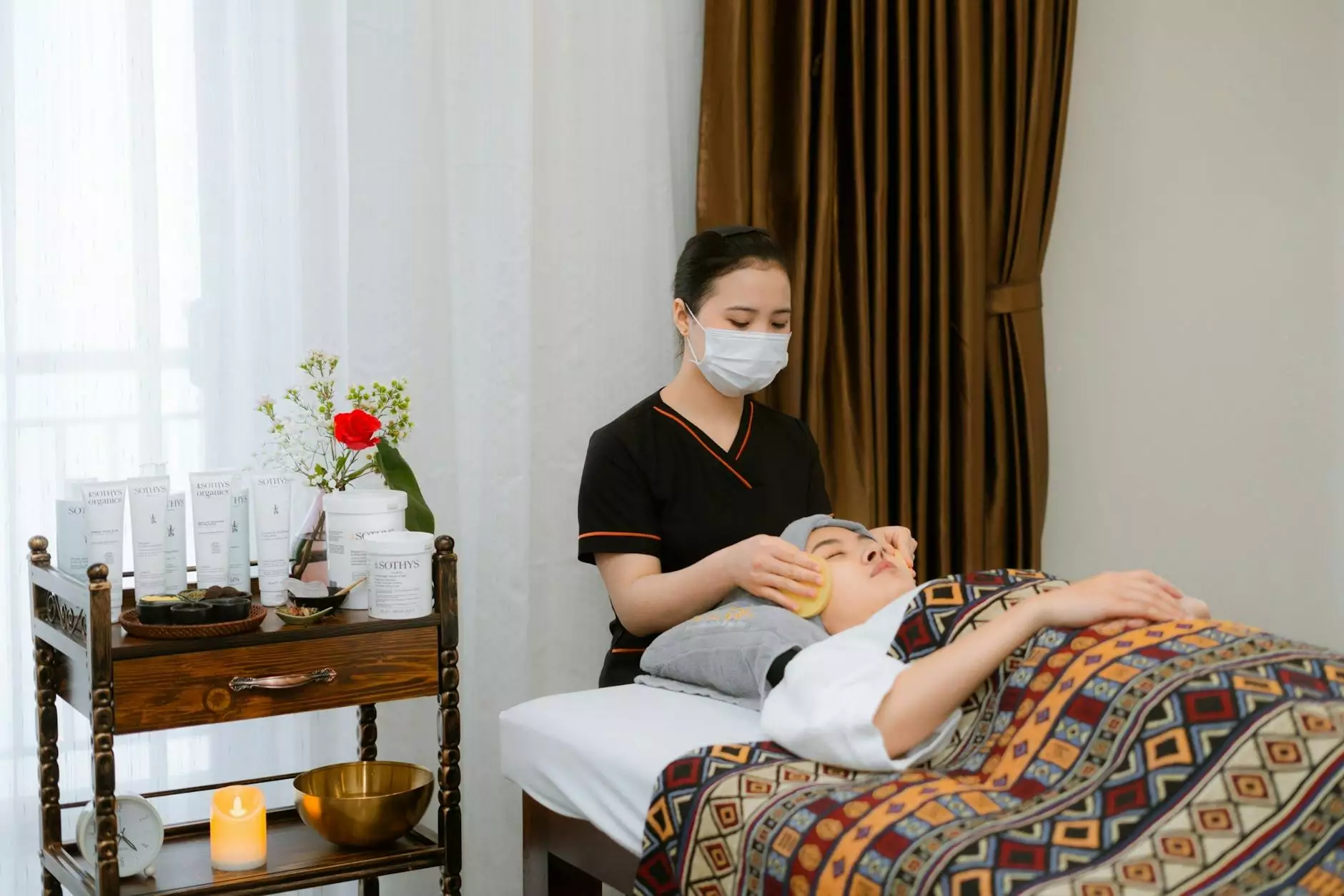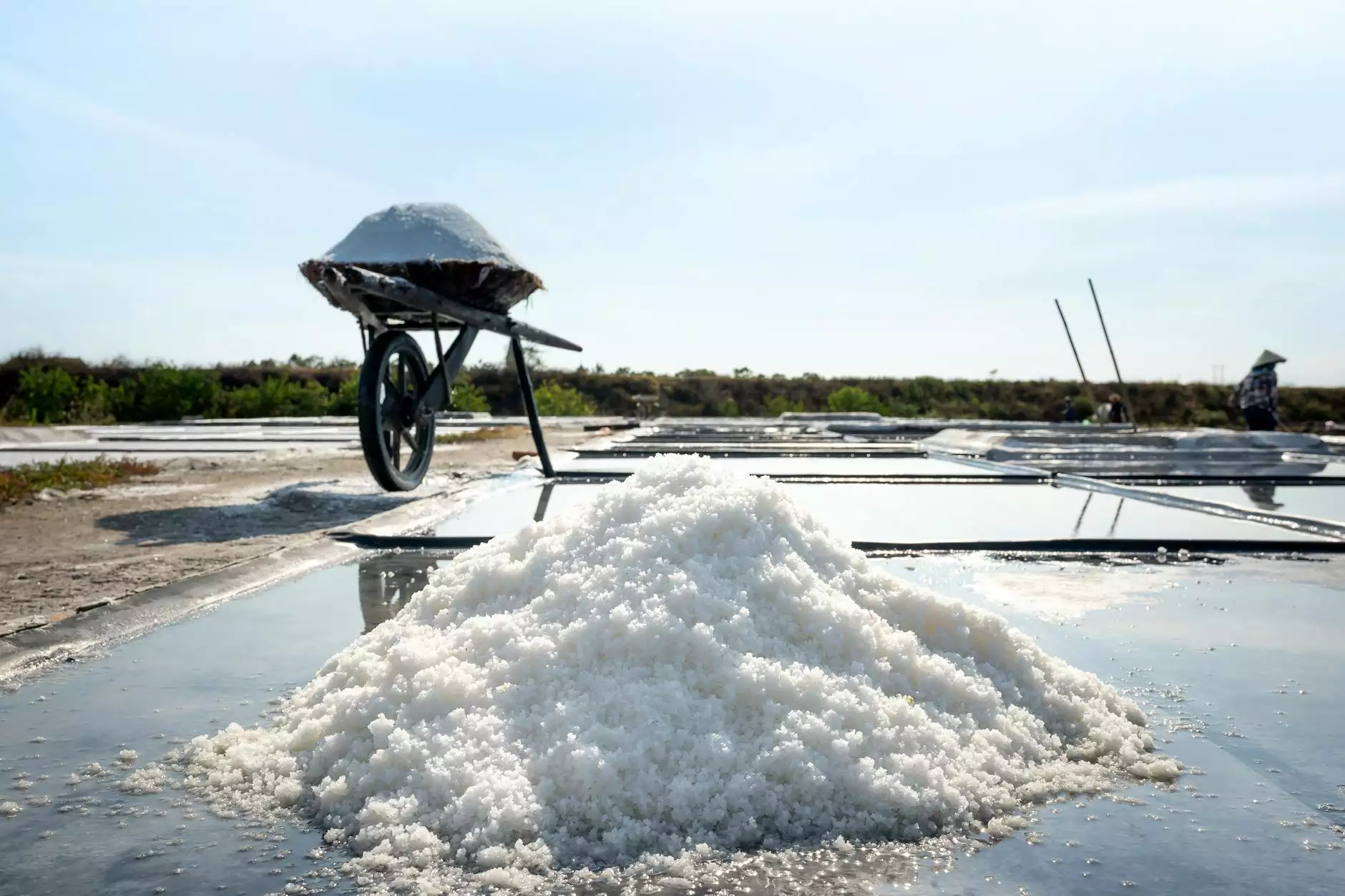Tendonitis and Tenosynovitis: Understanding and Managing Your Condition

Tendonitis and tenosynovitis are two common musculoskeletal conditions that can greatly impact your daily life. They are often associated with overuse injuries and can lead to pain, swelling, and reduced mobility. This comprehensive guide will explore the nature of these conditions, their causes, symptoms, diagnosis, and effective treatment options, providing insights that can help you achieve a better quality of life.
What is Tendonitis?
Tendonitis refers to the inflammation or irritation of a tendon, which is the thick fibrous cord that attaches muscles to bones. This condition can occur in any tendon in the body but is most commonly seen in areas such as the elbow, shoulder, knee, and Achilles tendon.
Causes of Tendonitis
- Overuse: Repetitive motion or excessive physical activity can stress the tendons.
- Aging: Tendons naturally lose elasticity and become more prone to injury as we age.
- Injury: A sudden injury can trigger an inflammatory response in the tendon.
- Medical Conditions: Conditions like diabetes and rheumatoid arthritis can increase the risk of tendonitis.
Symptoms of Tendonitis
Symptoms of tendonitis can vary depending on the tendon affected but typically include:
- Pain: A localized pain that worsens with activity.
- Stiffness: Reduced range of motion in the affected joint.
- Swelling: Tenderness and swelling near the tendon.
- Crepitus: A crackling or grating sensation when moving the affected area.
What is Tenosynovitis?
Tenosynovitis is the inflammation of the sheath (synovium) that surrounds a tendon. This condition can lead to pain and difficulty moving the affected joint. Both tendonitis and tenosynovitis often occur together, making it crucial to understand their relationship.
Causes of Tenosynovitis
- Infections: Bacteria can cause infection in the tendon sheath.
- Repetitive Motion: Similar to tendonitis, repeated use can strain the tendon sheath.
- Medical Conditions: Conditions such as gout and rheumatoid arthritis can lead to tenosynovitis.
Symptoms of Tenosynovitis
Symptoms of tenosynovitis may include:
- Pain: Pain that occurs along the tendon, especially with movement.
- Swelling: Swelling around the joint or tendon sheath.
- Tenderness: Tenderness when touching the affected area.
- Warmth: The affected area may feel warm to the touch.
Diagnosis of Tendonitis and Tenosynovitis
Diagnosing tendonitis and tenosynovitis involves a comprehensive evaluation by a healthcare professional. This typically includes:
- Medical History: Discussing symptoms, injury history, and lifestyle factors.
- Physical Examination: Assessing pain, swelling, and range of motion.
- Imaging Tests: X-rays or MRI may be used to view the tendons and surrounding structures.
Treatment Options for Tendonitis and Tenosynovitis
Managing tendonitis and tenosynovitis often involves a variety of treatment strategies. The goal is to reduce inflammation, relieve pain, and restore function:
1. Rest and Activity Modification
One of the essential steps in treating tendonitis and tenosynovitis is to allow the affected area to rest. Avoiding activities that exacerbate pain is crucial. This may involve modifying your daily activities or using assistive devices.
2. Ice Therapy
Applying ice to the affected area can help reduce inflammation and numb pain. It is recommended to apply ice for 15-20 minutes several times a day during the initial phase of treatment.
3. Physical Therapy
Physical therapy is often an effective treatment for both tendonitis and tenosynovitis. A qualified physical therapist will design a rehabilitation program that may include:
- Strengthening Exercises: Gradually strengthening the muscles around the affected tendon.
- Stretching Exercises: Improving flexibility to reduce stiffness.
- Manual Therapy: Techniques to alleviate pain and promote healing.
4. Medications
Over-the-counter pain relievers, such as NSAIDs (nonsteroidal anti-inflammatory drugs), can be beneficial for reducing pain and swelling. In some cases, a doctor may prescribe corticosteroid injections to target severe inflammation.
5. Bracing or Splinting
Using a brace or splint can help immobilize the affected area and provide support, allowing the tendon and sheath to heal.
6. Surgical Intervention
In rare cases where conservative treatments fail, surgical options may be considered to repair damaged tendons or release tight tendon sheaths. Post-surgical rehabilitation is essential for optimal recovery.
Preventing Tendonitis and Tenosynovitis
Prevention is key to avoiding tendonitis and tenosynovitis. Here are some strategies:
- Warm Up: Always warm up before engaging in physical activity.
- Strength Training: Incorporate strength training to build muscle around tendons.
- Ergonomics: Use correct body mechanics and ergonomic tools to reduce strain during work.
- Take Breaks: Avoid repetitive motions by taking regular breaks during activities.
Conclusion
Understanding tendonitis and tenosynovitis is essential for managing these conditions effectively. By recognizing symptoms early and pursuing appropriate treatment options, you can alleviate pain and restore your mobility. If you suspect you are suffering from either of these conditions, consult with health professionals such as chiropractors or physical therapists at IAOM-US for specialized care and guidance.
With the right approach, you can take proactive steps towards recovery and resume your daily activities with confidence. Always remember to listen to your body, as early intervention can prevent the severity of tendon injuries.









